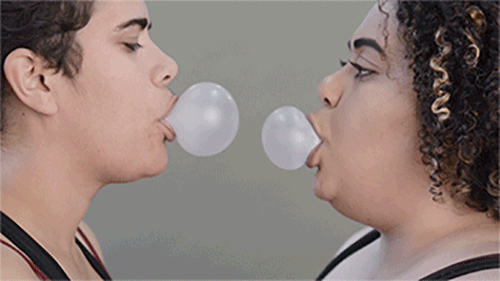
A body in motion likes to stay in motion. For athletes, being sidelined from sports can trigger anxiety, depression, and even suicidal thoughts, according to a review study from Princeton University.
But whether you’re an elite athlete or not, sooner or later we all must cope with injury. When it comes to the question of how to stay active while injured, “the answer has numerous caveats that are specific to the injury,” says James Onate, associate professor of health and rehabilitation sciences at Ohio State University.
Onate says rowing machines or ergometers—the exercise machine that looks like a set of bike pedals for your hands—are great workouts for people with lower-body injuries. For upper-body issues, recumbent bikes and water-supported running (which eases stress on the joints) can give you that endorphin rush you’re looking for, he says.
But for people with back or abdominal injuries, or for those recovering from many surgeries, nearly all forms of vigorous or dynamic exercise may be off limits. What then?
Try non-exercise activity thermogenesis, or NEAT, as it’s called by the experts who study it.
“NEAT refers to all our spontaneous daily movements that aren’t dictated by sports or work: everything from getting up out of a chair to fidgeting,” says Dr. Michael Jensen, a professor of medicine at Mayo Clinic.
Jensen’s research has shown that these NEAT movements vary significantly from person to person and may help explain why two people who eat similar diets and participate in the same exercise activities gain or lose weight at significantly different rates.
“It’s not a coincidence that people who seem fidgety or who can’t sit still tend to be skinny,” he says. “What we’ve found is that all movement adds up to something meaningful.”
Some studies have concluded that regular physical activity can’t offset the heart disease or cancer risks that result from long periods of sitting still. But NEAT movements can break up those long sedentary periods and lower the associated health risks, says Dr. Pedro Villablanca, a cardiologist with New York’s Montefiore Medical Center.
Villablanca’s research has shown that NEAT movements alone may add up to a whopping 2,000 burned calories per day, on top of the energy your body naturally burns just to keep you alive.
“What we’ve learned is that all movement is beneficial,” Villablanca says. Walking, standing, stretching, fidgeting—it all adds up. “Even chewing gum burns around 15 calories per hour,” he says.
The takeaway here isn’t that traditional exercise activities like walking or swimming aren’t great for you. They are. But if an injury makes vigorous exercise impossible, filling your day with small movements—twisting in your chair, sitting up straight, stretching—can help you burn calories and maintain your physical fitness.
Of course, NEAT’s powers have their limits. If you’re a marathon runner, some extra movements aren’t going to let you maintain the fitness level you’d achieved before that sprain sidelined you, Jensen says.
But don’t assume that because you can’t run or lift weights, you can’t burn calories. “Even if you’re injured, little movements matter,” Villablanca says.
More Must-Reads from TIME
- Donald Trump Is TIME's 2024 Person of the Year
- Why We Chose Trump as Person of the Year
- Is Intermittent Fasting Good or Bad for You?
- The 100 Must-Read Books of 2024
- The 20 Best Christmas TV Episodes
- Column: If Optimism Feels Ridiculous Now, Try Hope
- The Future of Climate Action Is Trade Policy
- Merle Bombardieri Is Helping People Make the Baby Decision
Contact us at letters@time.com